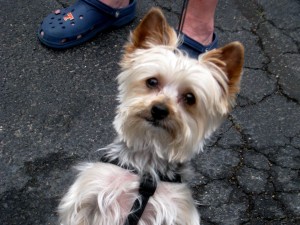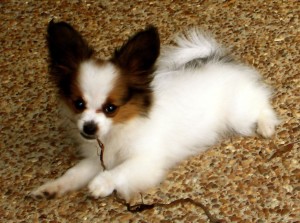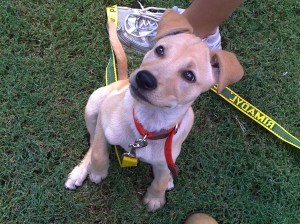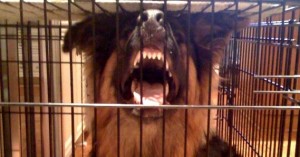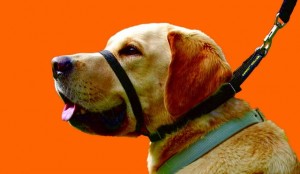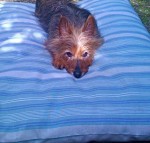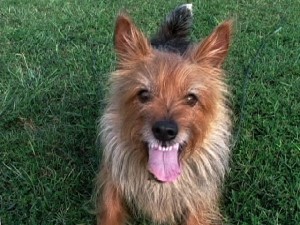 Many of my clients report that their dogs jump up on visitors and pretty much ignore them whenever the dogs are excited. The people often say their dog is stubborn. This is an indication that the people have not practiced basic obedience commands with distractions. Practicing with distractions is called proofing.
Many of my clients report that their dogs jump up on visitors and pretty much ignore them whenever the dogs are excited. The people often say their dog is stubborn. This is an indication that the people have not practiced basic obedience commands with distractions. Practicing with distractions is called proofing.
You should proof your dog with all commands in various locations, with various distractions. Otherwise, your dog will not obey when the environment is filled with exciting people or dogs or events. People with very well trained dogs have spent hours practicing.
Teaching your dog to sit or shake or lie down is the easy part. The real work is practicing in many locations with various distractions!
People and other dogs are a huge distraction to your puppy or dog. The outdoors is full of distractions. Before you can expect your dog to obey when guests visit, or outside at the dog park, you’ll need to practice with smaller distractions that are under your control. Each time you ask for the behavior (called a cycle), you’ll increase the level of distraction.
Suppose you want your dog to sit, no matter what is going on around her. Here is a sample of instructions for “proofing” the sit.
Introduce your dog to “sit” in a quiet location.
Practice in many locations inside and outside the house, until your dog will always sit when there are no distractions. Now, you are ready to proof the sit. At this point, you will create small distractions as you practice.
Before you begin, get a empty, shopping bag. With your dog nearby, wave the bag over your head and ask for a sit. I’m guessing your dog will not sit, but will be excited about the movement of the bag. That’s okay. Now we have a baseline of behavior.
Next, ask your dog to sit when you hold the bag in your hand, without any motion. Then you ask for the sit when you are gently moving the bag in your hands. Next you might slowly move the bag from one hand to the other. Each time you ask for another sit, you increase the movement of the bag in your hand. Be creative. Rattle the bag in your hands, wave it slowly from side to side, et cetera. Slowly raise it over your head and ask for the sit. After several cycles of increasing the movement / noise of the bag, you can wave the bag over your head and ask for the sit. Your dog will ignore the waving bag and sit!
There are many types of distractions that you can introduce and you can control. Try marching in place and asking your dog to sit. How about clapping your hands and asking for a sit?! Be creative. Your goal is to set up proofing sessions with distractions that are more exciting than real life!
If, during these proofing exercises, your dog fails to sit, do not repeat the sit command! Just walk away for a few seconds, come back to your dog and try again, this time with less distractions.
Once your dog will sit, no matter what type of distraction you provide, it’s time to go outside and work with real-life distractions! If your dog is too distracted by the truck passing by, or the bicyclist, that’s okay. Just move your dog away from the distraction and try again.
The key to having a puppy or dog that will listen to you, when the world around him or her is full of distractions, is to PRACTICE with distractions.
 Print This Post
Print This Post
Happy Training!
Alan J Turner – How’s Bentley – White Lab Trainer

